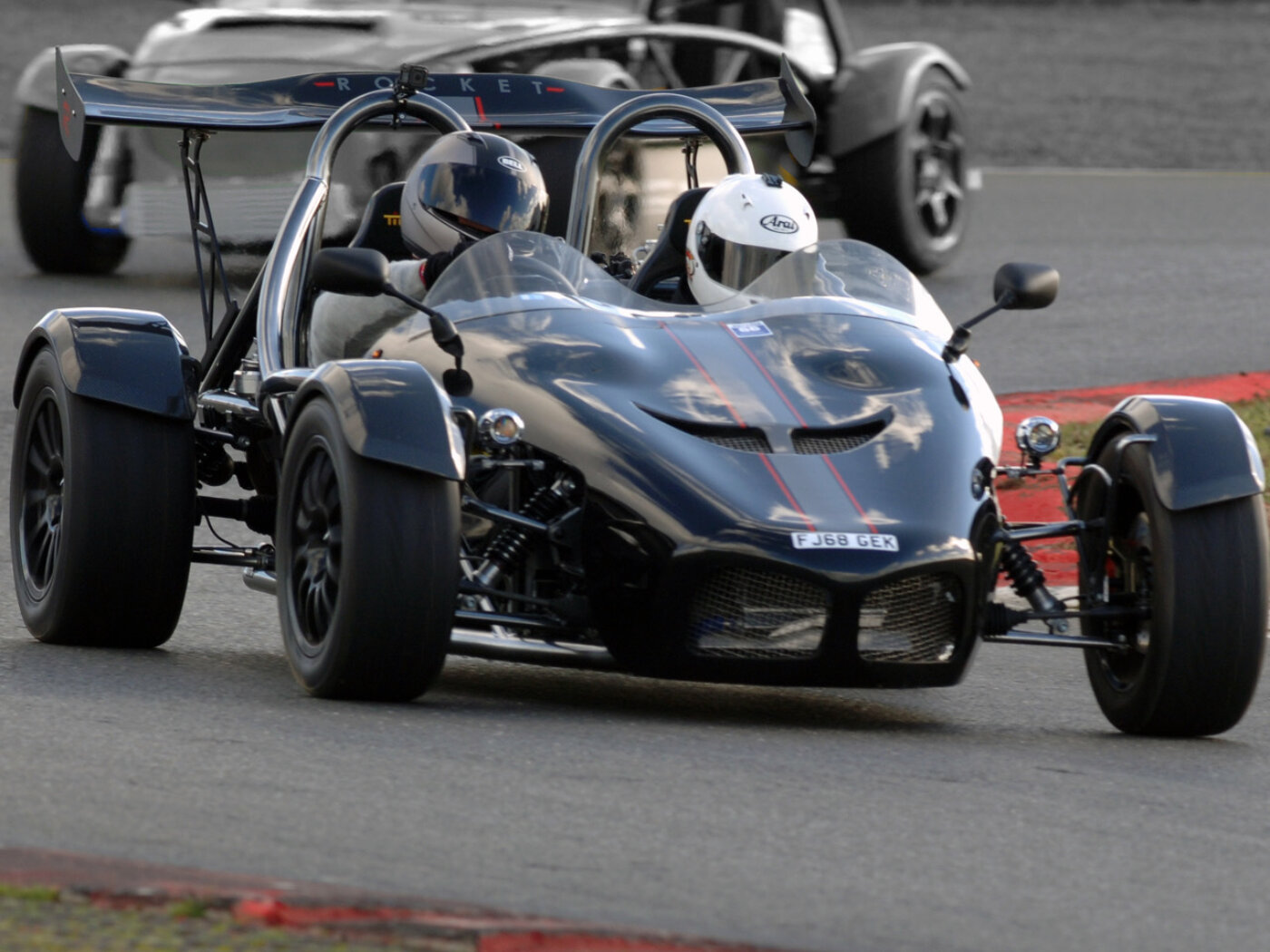
The history and evolution of the Rocket exo kit car
Courtesy of Dove Racing LLC.
Photos by Dove Racing LLC.,Exo Sports Cars LTD, Navigator84 - Own work, CC BY-SA 4.0, https://commons.wikimedia.org/..., Jrodsvt1 - Own work, Public Domain, https://commons.wikimedia.org/... and IFCAR - Own work, Public Domain, https://commons.wikimedia.org/...
HISTORY
While the Ariel Atom may be the first exoskeletal car to be conceived (developed in a university project in 1996), it was not the first exo car to be commercially developed as a street legal track car for the masses. It was instead the Rocket, which was designed as a street legal kit car by Stuart Mills of Mills Extreme Vehicles starting in 2007. Mills’ original Rocket was powered by a 100 hp Ford Sigma engine, and it received critical acclaim from the U.K. kit car press upon its release.
Mills sold the licensing rights in 2009 for the worldwide manufacturing and marketing of the Rocket to Road Track Race Ltd. (RTR), based in Nottingham, England. Shortly afterwards, RTR arranged dealerships in Australia (Southam Engineering), in the U.S. (Dove Racing LLC) and in Holland (Kit Car Collection), which resulted in hundreds of sales on an international basis.
Over subsequent years, RTR continually developed the Rocket design with improvements in better torsional stiffness, lowered center of gravity, improved handling and greater passenger safety, resulting in Mark 1, Mark 2 and Mark 3 configurations. RTR rebranded as Exo Sports Cars (ESC) in 2015 with the same management and craftsmen, to better reflect the products and services being offered.
In the U.S., Dove Racing LLC (DRL) has since performed the necessary engineering to upgrade the Rocket to the Ford 2.0 SVT, and the more modern 1.6- and 2.0-liter turbocharged EcoBoost engines. The increased horsepower and torque, and resulting performance, helped the Rocket better match the output of the Ariel Atom.
To meet the structural and torsional stiffness demands created by the newer generation of engines, and to refresh the aerodynamics and image of the original Rocket design, ESC commenced the design of the Rocket 2 kit car in 2015. A pair of Mercedes AMG F1 contract engineers (Steve Runnacles and Logan Black) were brought onboard to help achieve the objectives in a timely fashion, and to optimize the technical highlights of the new design.
Using the latest computer aided drafting and finite element design techniques, the updated chassis, suspension and GRP parts were completed, and the prototype Rocket 2 car was launched at the NEC Autosports show in the U.K. in 2016. Because of the popularity of the original Rocket design (now incorporating many of the Rocket 2 improvements), ESC decided to continue production of this kit as the Rocket Classic. Later in 2016, the first Rocket 2 was imported into the U.S. by DRL and built with a 220 hp, 1.6-liter EcoBoost engine to be used as a demo vehicle.
DONOR VEHICLES
As with other successful kit car designs, and in the interests of keeping costs down, ESC developed the design of the Rocket Classic and Rocket 2 kits so that potential builders would be able to complete their projects by purchasing the kit and by using a suitable donor car. When stripped, the donor will provide not only the engine and transmission, but also other components needed to complete the build.
The selection of the preferred donor vehicle is a critical decision prior to ordering a kit, since some changes in the chassis may have to be made during fabrication depending upon the model. With the various Rocket design iterations, ESC elected to use early Ford Focus models for recommended donor vehicles, since these were produced in high numbers. These cars are readily available as both running and wrecked examples and are cheap to purchase, but most importantly, they were built and/or are available on an international basis.
A discussion of the donor car choices follows. It should be pointed out however that ESC has designed both the Rocket Classic and Rocket 2 kits so that they are capable of accepting any of the Ford Focus donor choices. It is however necessary that potential customers specify which donor and engine choice are preferred when ordering a kit.
Other manufacturer’s (Honda, Toyota, etc.) front wheel drive transverse four-cylinder power plants can also be used, if appropriate engineering and fabrication is performed to modify engine mounts, and to interface the drive-shafts with the kit-provided uprights, wheel bearings and spindles. ESC and/or DRL will assist potential customers as required in this area.
DONOR CHOICES
2000-2004 Focus ZX3 or ZX5 cars fitted with 2.0-liter DOHC Zetec engines and IB5 five-speed manual transmissions are the recommended base line donors for the Rocket kit cars. With 130 hp and 135 lb-ft of torque, a completed kit with this donor weighs in at roughly 1,200 pounds, resulting in a power to weight ratio of 9.2 pounds/hp, and 0 to 60 mph times of about 5 seconds.
The upgraded 170 hp 2002-2004 Focus SVT power plant with Getrag MT285 six-speed transmission results in an improved power to weight ratio of 7.0 pounds/hp, and 0 to 60 mph times of about 4.5 seconds. (If customers desire, they can also use an automatic transmission found in the 2000-2004 Focus SE [fitted with Zetec engine.])
These performance figures are not shabby and result in a fun driving experience, especially considering the go kart-like handling that the completed Rocket kits provide. The stock engine Power Control Module (PCM) in these normally aspirated donor cars can be used, which simplifies the building process and minimizes costs.
For those seeking more fun, the newer generation Ford EcoBoost engines in the Focus provide considerably more horsepower and torque for the Rocket Classic and Rocket 2 kits. For instance, the 2013-2019 Focus ST cars get you a turbocharged 2.0-liter EcoBoost engine with 252 hp and a Getrag MM6T six-speed manual transmission. The 2013-2019 Fiesta ST makes a great donor car as well, with 1.6-liter, 197 hp EcoBoost engine and Getrag B6 six-speed manual transmission. However the PCM in these donor cars cannot be used, because as with most cars built from about 2010 and up, only one computer (which includes both engine control and chassis functions) is used. If this computer does not receive all the required design inputs, which will be the case with a kit car, then the engine cannot be started, so an aftermarket PCM must be used. DRL is able to provide the required PCM and custom engine harness for any of the EcoBoost engines as an available option. As an additional benefit, these PCMs can be tuned to increase power output substantially by allowing more boost.
Another point to note when using EcoBoost-powered donors is the air-to-air intercooler that’s mounted in front of the radiator as stock. Since the Rocket kits are designed for mid-engine configuration, the mounting of an air-to-air intercooler is compromised if the original factory efficiency is desired, or the overall look and aerodynamics of the car is to be maintained. One solution is to add scoops on each side of the frame just ahead of the engine compartment to feed air through ducts to the intercooler mounted behind the seats. As an alternative solution, DRL worked with Bell Intercoolers in Austin Texas to develop a custom water-to-air intercooler that mounts conveniently over the transmission in the engine compartment. Coolant is fed from a front-mounted heat exchanger to the intercooler via tubes running through the center tunnel of the cockpit. This solution works well and does not change the look of the car. This water-to-air intercooler kit is now offered as an available option from DRL.
Another pertinent technical hurdle with all the Rocket kits is the location of the shifter. As stock, donor cars are configured with the transverse powertrain in front, with the shift cables exciting the shifter from the front. With any of the kits, the engine is mounted in the rear, and thus the cables for activating gear changes, exit the shifter from the rear. There are several solutions to solve this problem and to allow the shift pattern to remain unchanged, depending upon the donor used. These include using a different shifter, modifying the shift lever mechanism at the transmission, modifying the actual shifter mechanism or changing the direction of the shift cable activation by using horizontally mounted levers installed in front of the shifter. DRL will work with customers to assist with this issue and can provide optional parts as needed.
ROCKET KIT ASSEMBLY
Assembly of the Rocket kits can be performed by any person that has at least some experience working on cars, a reasonable set of tools, the space to comfortably undertake the build and most importantly the interest and patience to do so. It is however recommended that builders have a good riv-nut (rivet nut) set and installation tool, a decent brake line flaring tool and a pneumatic (or electric) rivet gun. Also Cleco temporary fasteners are very useful. There is no welding required on the chassis, and if brackets or other items need to be added, these can be attached with rivet nuts.
It should however be stated that the assembly of any kit car is not like a Lego set and there is always a certain amount of custom work to perform, which is part of the attraction. If you are a person that has been thinking about buying a kit, but you’re not sure that you have the ability and/or capability to finish the project, then you probably should not proceed. If you are a person that loves the look of the cars and their performance, but does not relish the thought of building one, then you should find someone else to build it for you. Do your homework in making sure what is involved in the build process and what your budget should be. DRL will provide advice and guidance to potential customers and provide a Build Guide if requested (prior to a sale).
In summary a typical Rocket Build process will follow the general steps;
- Unpack crate and conduct inventory of parts
- Cut pieces, drill rivet holes and temporarily fit alloy floor. Attach cockpit front and rear bulkheads to frame
- Temporarily fit shifter, shift cables, e-brake handle and associated brackets to frame
- Temporarily cut and fit front and rear brake lines to frame
- Temporarily fit clutch and brake master cylinders and pedals to frame
- Temporarily fit steering column and rack to frame
- Optionally test fit powertrain and shift cables into frame
- Disassemble parts and take frame and suspension parts to powder coater (or painter)
- After powder coating, fit alloy cooling pipes through frame brackets
- Fit and rivet alloy floor, bulkheads and bolt other mentioned parts to frame
- Assemble and bolt A-arms, uprights, hubs and bearings, shocks and springs to frame
- Install and connect front and rear brake calipers, rotors, pads and flex lines
- Fit wheels and tires (so chassis can be moved around)
- Install powertrain and connect shift cables to shifter and transmission
- Install exhaust system
- Install radiator and cooling hoses
- Install intercooler, heat exchanger, pump and connecting hoses (if applicable)
- Install and connect engine wiring harness and PCM
- Install lights and battery
- Install and connect chassis wiring harness to lights and other appurtenances
- Install seats (including supports and sliders as applicable)
- Install front hood (including hinging and locking mechanism as applicable)
- Install instruments and connect to wiring
- Install fenders, rear engine cover and windscreen
It should be noted that the kit does not come with connecting hardware, belts or hoses. Most builders elect to use stainless steel hardware, and aftermarket quick-release steering wheel hubs are often preferred. Contact DRL or other distributors in your country to discuss details of the build process, available options and other matters pertaining to the Rocket kits.
STREET REGISTRATION OF ROCKET KITS
Matters pertaining to the registration of Rocket kits for street use in a particular state are the responsibility of the kit owner, but the following provides some general guidance for the process. Registration varies from state to state and it is therefore a good idea to contact your local DOT office to find out what the rules are. In the U.S., DRL has sold many Rocket kits and the only state; thus far, to create a problem is Texas.
Typically the finished car will be registered as an Assembled Vehicle (ASVE). This essentially means that the chassis is sourced separately from the rest of the car, and the powertrain was obtained locally from a donor vehicle. Although it varies from state to state, typically the following paper work may be required:
- Bills of sale for the kit and all components in the car. The bill of sale for the kit will be supplied by DRL
- Manufacturer’s Certificate of Origin (MCO): this must show an MCO number that is stamped on the frame (DRL will provide this document)
- Copy of title from donor car from which power train is sourced
- Document showing certified weight of the car
- Document signed by law enforcement authority (usually state troopers) that verifies that none of the car components are stolen. By producing the above documents and verifying that the engine number is correct (through inspection), this should be routine
- State safety inspection form showing that car has been inspected by official state inspector
- Signed inspection form by ASE certified Master Mechanic (some states only)
- Kit importation documents (provide by DRL – some states only)
- Various photos of the completed car
- Title application document showing that title fees and taxes have been paid

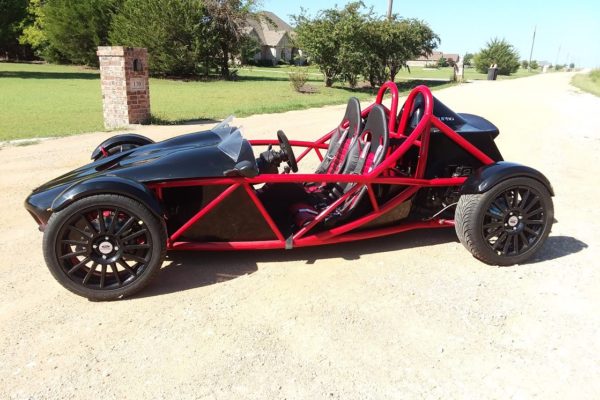
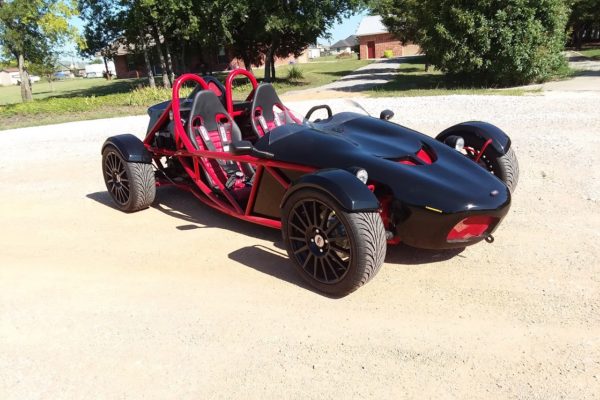
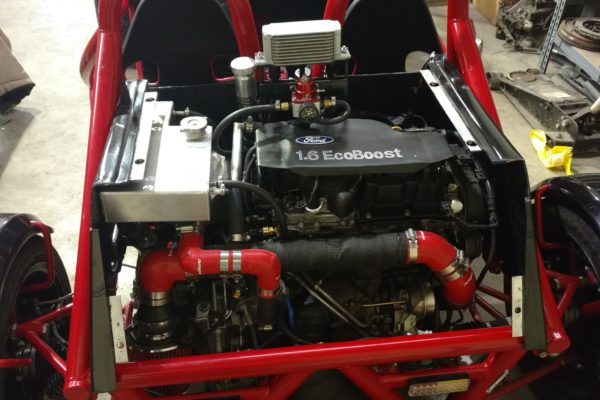
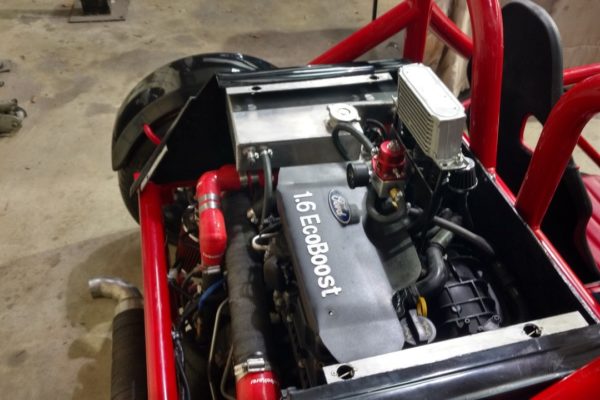
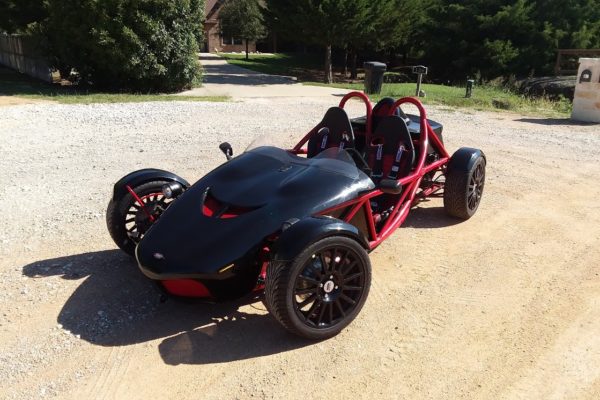
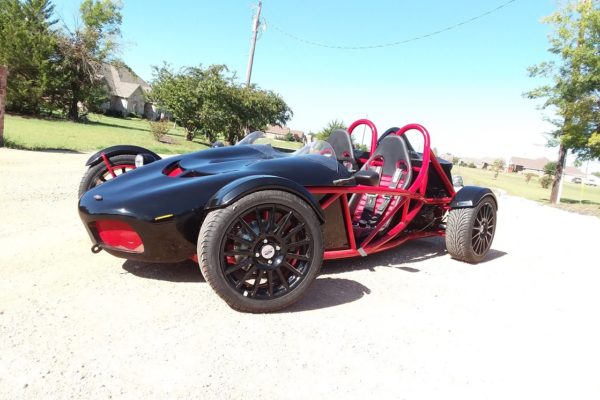
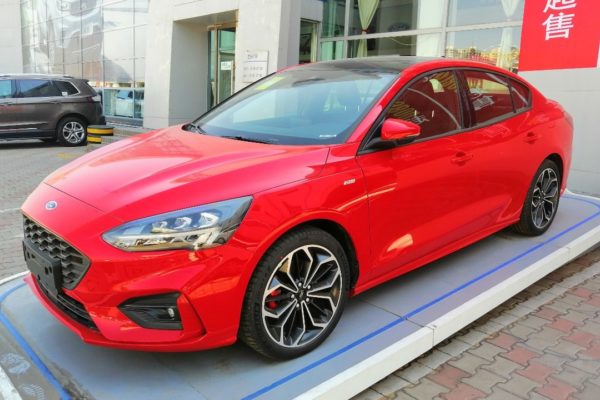
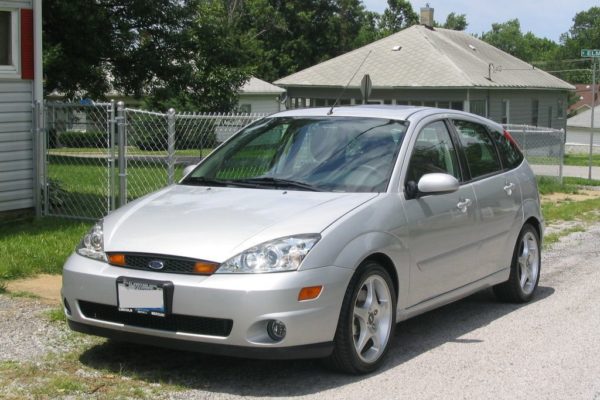
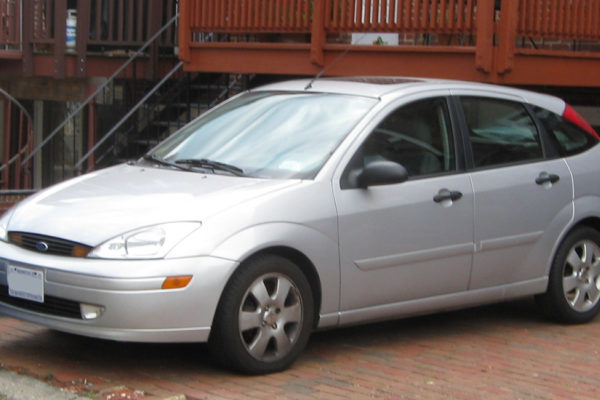
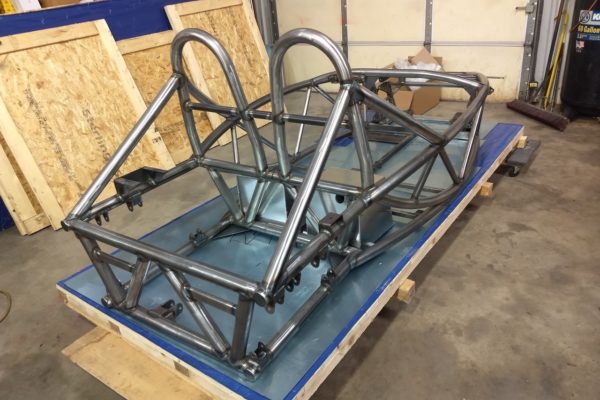
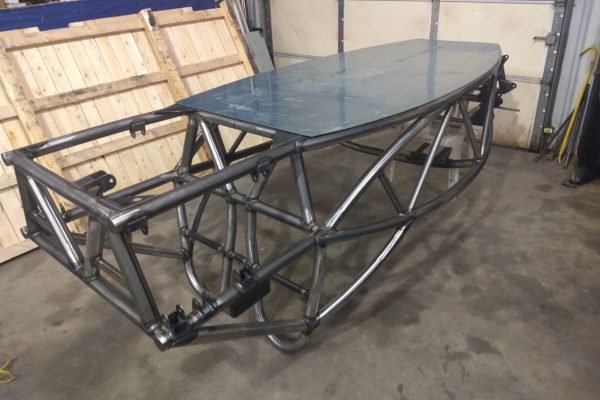
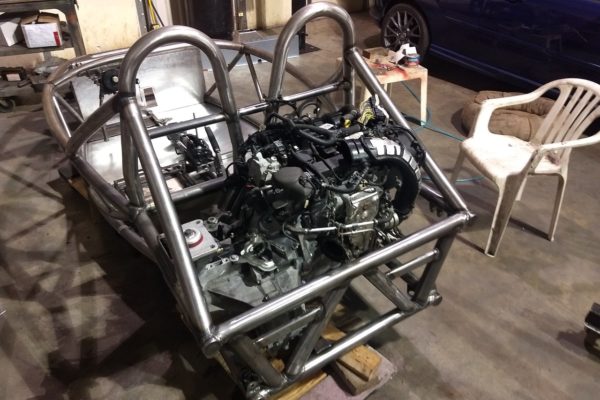
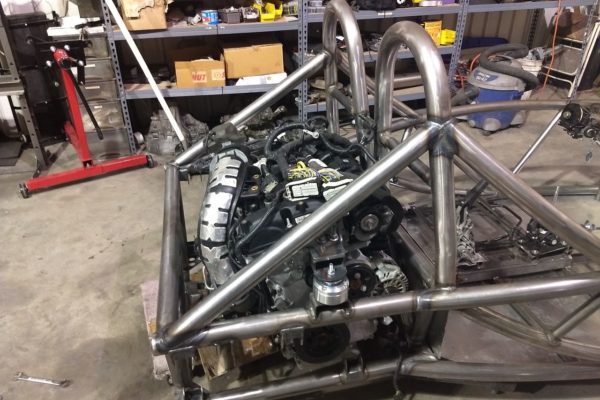
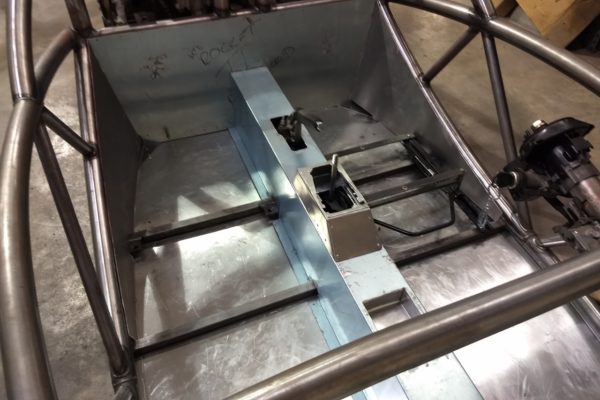
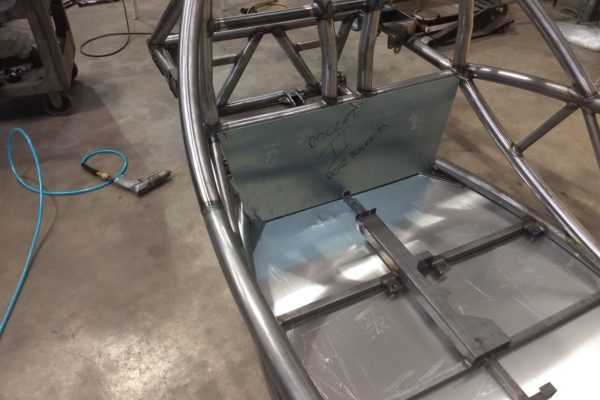
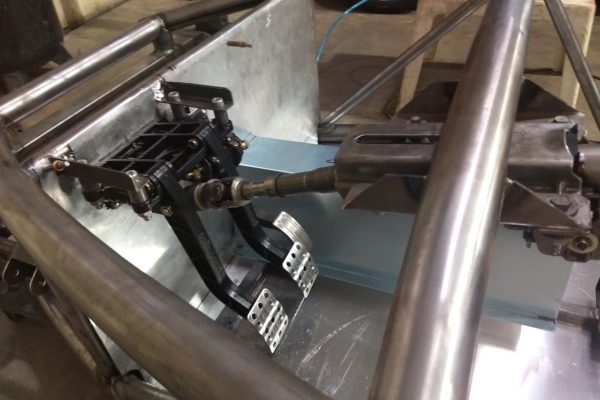
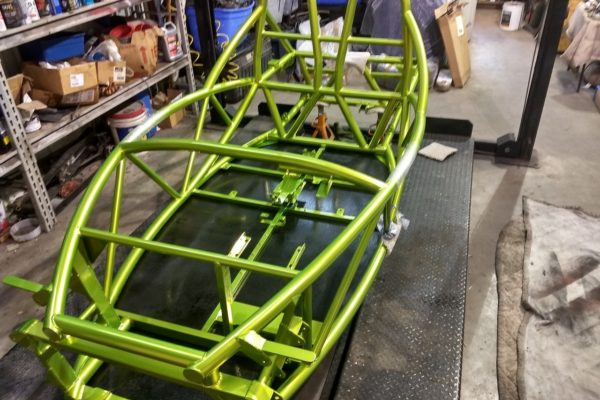
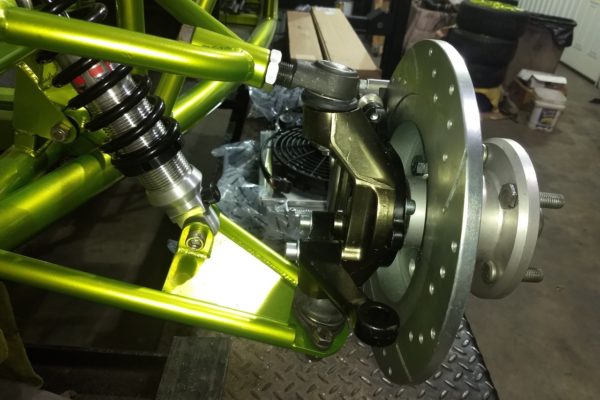
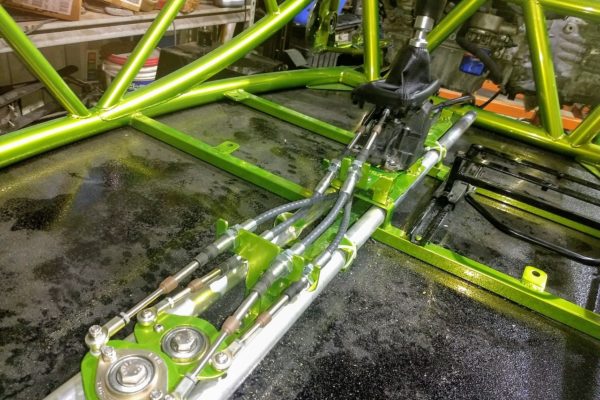
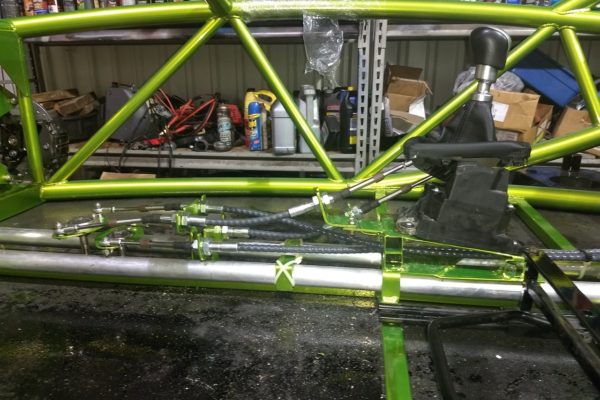
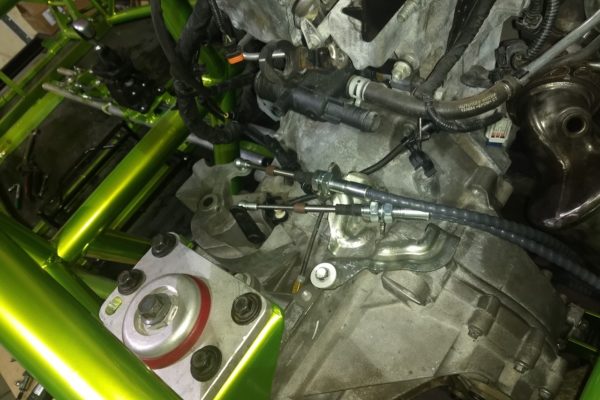
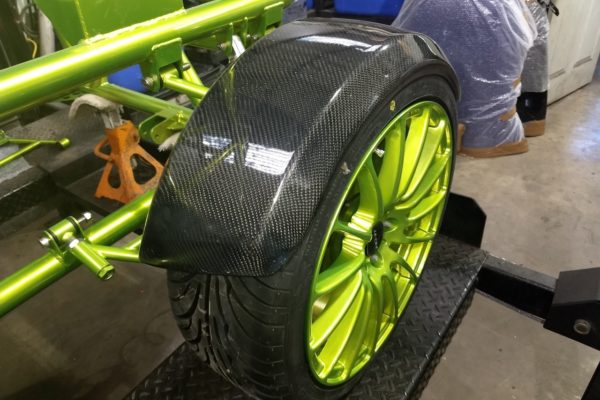
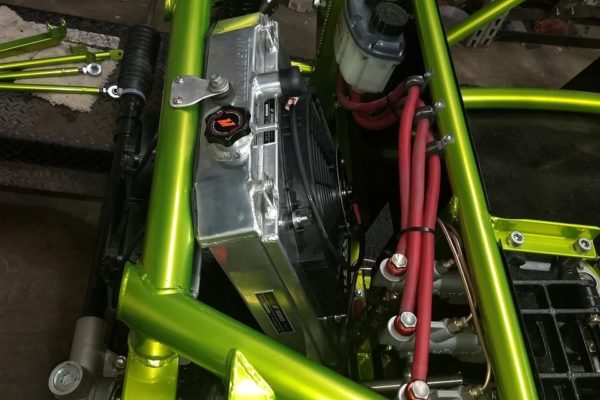
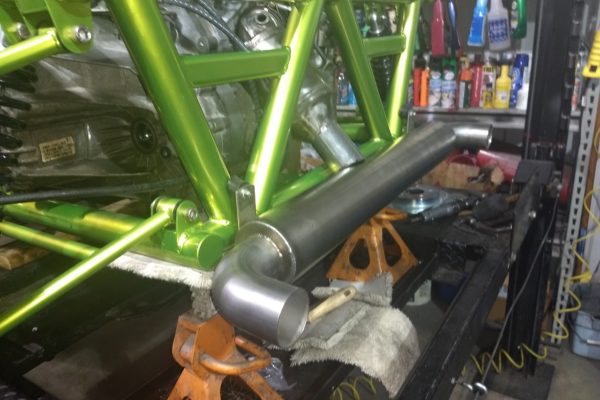
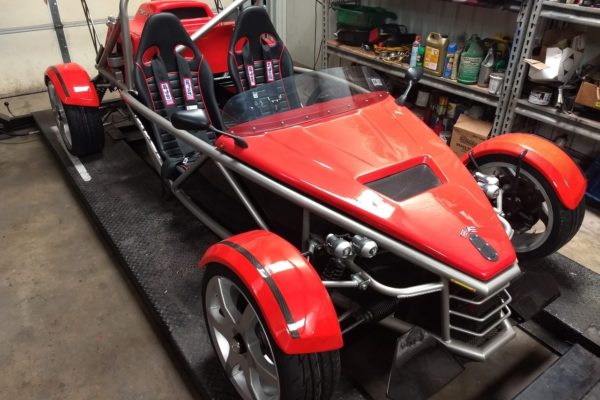
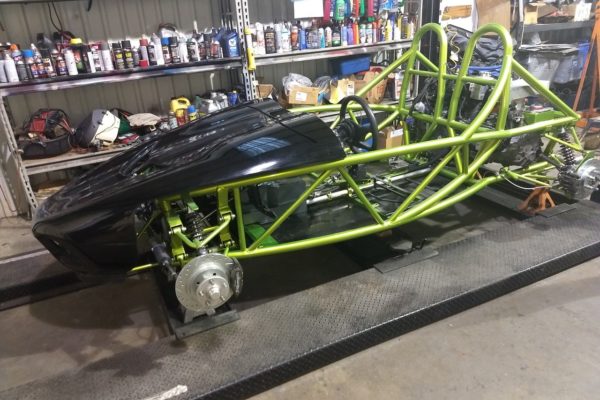
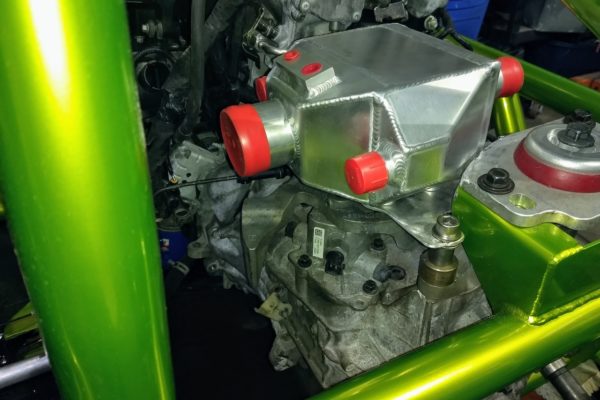
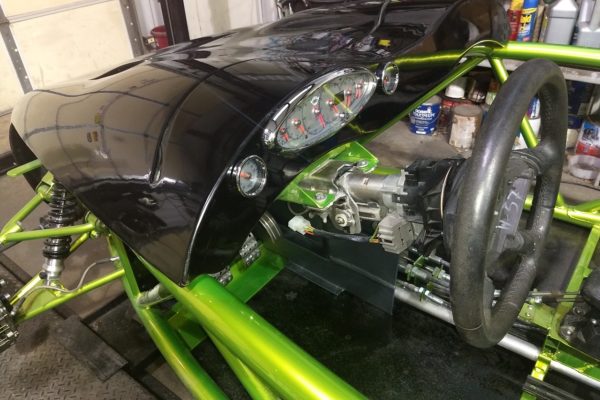
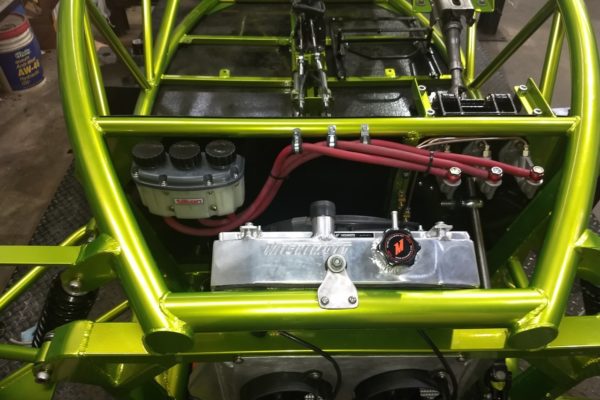
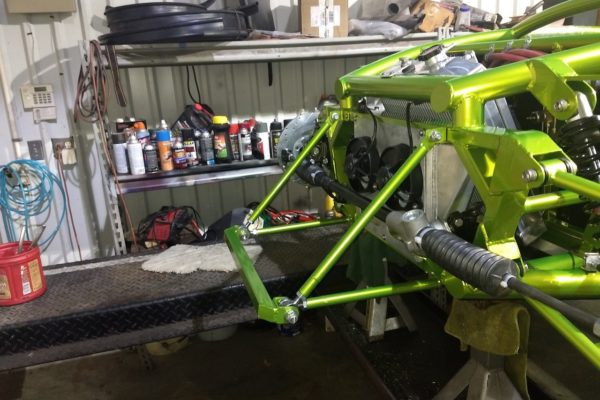
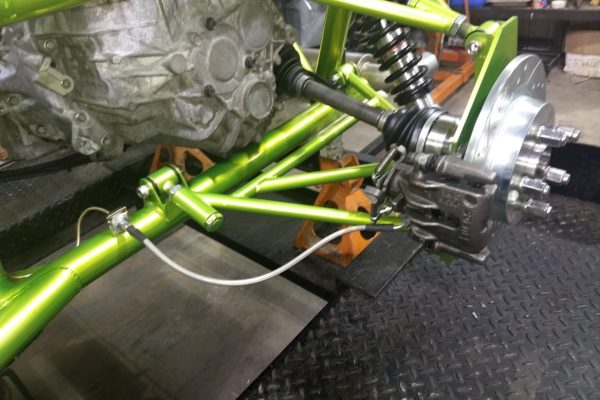
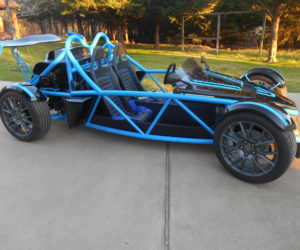
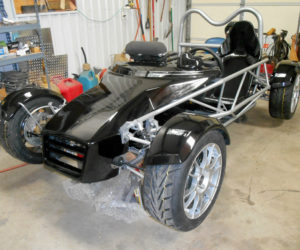
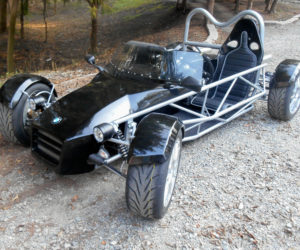
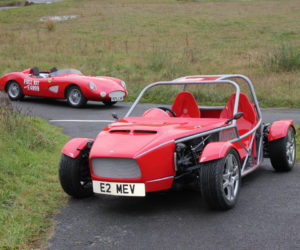
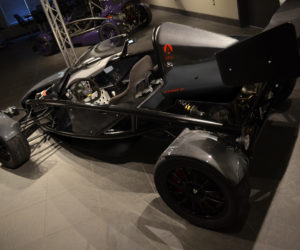
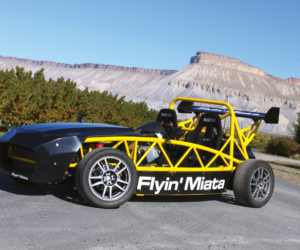




Comments for: Engineering the Rocket
comments powered by Disqus